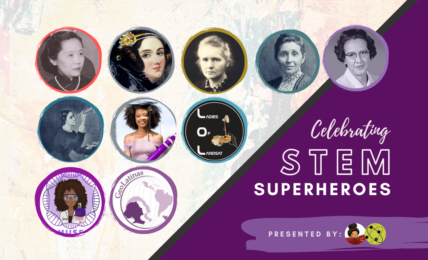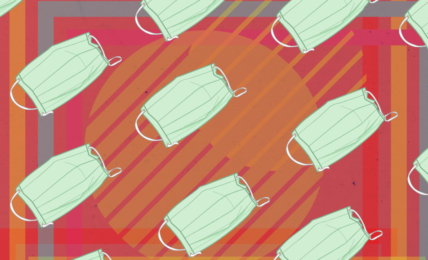They wrote a guide on how to respond to criticisms of anti-racism action in STEM. Here’s why.
Learn more about the comprehensive -- and evolving -- document, intended to guide individuals struggling to convince their department or company to care about anti-racism initiatives.





























